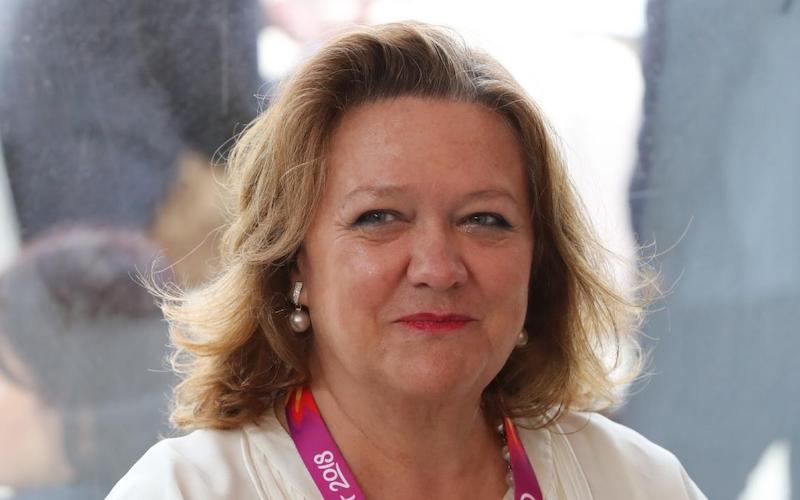Gina Rinehart: Building Sustainable Habits
Episode #9 of the course Productivity hacks: Lessons from top leaders and billionaires by John Robin
Welcome to our second to last day!
Today, we’re going to build a little on what we learned yesterday, as we explore the work habits of Australia’s wealthiest woman, Gina Rinehart.
As of 2019, her wealth is a staggering $17.4 billion, derived primarily from the mining industry in Australia.
Her path to success has been one of steady ascent. With a modest upbringing, she had her sights on economics but dropped out to help her father with his iron-ore business, which was in danger of bankruptcy. She learned the business inside and out, then slowly improved it. Over the 26 years since she inherited the business, she has sustained it and made improvements, allowing its wealth to grow into the billions.
Rinehart has shared advice from her own routine. In an article she wrote for Australian Resources and Investment, she said:
“Don’t just sit there and complain—do something to make more money for yourself—spend less time drinking, or smoking and socializing, and more time working.”
This underlies the central philosophy that’s driven her in her work. Rinehart is focused on what sustainable results she has to put in and whatever it takes to meet them.
Creating Growth from Sustainable Habits
Yesterday, I challenged you to build a sustainable reading habit, then to gradually increase.
Say that you want to read for 20 hours/week. Think about Day 7’s lesson from Angela Merkel’s routine: Know the end and think of how to get to it.
To start, you’ll need to just start reading for some period/week. Now, going backward from that again, think specifically about how you would accomplish that. (Are you starting to see how a SMART goal is coming together?)
There are seven days in the week. How much do you have to read each day to read that certain amount/week?
And working backward from there: In order to read every day, when exactly would you read? Before bed? First thing in the morning? On your coffee breaks?
What you’re doing here is pinning down a sustainable habit. Once you can read every day for 10 minutes, you can read for 70 minutes a week. If you want to read for 20 hours, you have to read for just under 3 hours/day.
Trying to read for three hours/day from the start is not wise. Why? Because in reality, what it actually takes to read for 20 hours/week might mean thinking about the week itself. I read for 20 hours/week, which I use a timer to track, and this allows me the flexibility to read more on freer days, like the weekend, to meet that goal.
But to get here, I started with small steps, gradually increasing, and appreciated the problems I had to solve along the way.
This is exactly the principle at work behind how Gina Rinehart worked her way from a bankrupting company to being worth $17.4 billion.
Build a sustainable routine and improve upon it constantly. It’s analogous to how you get stronger from lifting weights at the gym.
You might not think you have what it takes to be a billionaire. But in order to do that, you’ll have to first figure out what it takes to be a millionaire. And before that, you’ll need to work on more immediate problems, like how to be worth $10,000. For most of us, being worth $0 is a struggle, which means the first problem is how to get out of debt and maintain a growing savings.
Whatever your path to success, think big like Angela Merkel, break the problem down to what you need to be immediately doing now in terms of a SMART goal (like Marissa Mayer) and how you can accomplish that, then steadily push while also keeping it sustainable—like Gina Rinehart did (and continues to do despite a tough mining economy in Australia).
Never grow if you can’t sustain. Sustain and grow, or just sustain. That’s the key thinking that will let you innovate and innovate and always get better and closer to the rich inner life you want to create (like Oprah Winfrey).
Takeaway
Gina Rinehart’s work ethic teaches us that thinking we can’t achieve something overlooks the fact that the only way to achieve a result is to go in and do the work. To get to the result, start with the problems you need to solve, then as you work sustainably at them, improve.
Tomorrow, we’ll finish our course by learning from the richest man in the world and how a fixed routine is the key to growth and growth and growth!
Recommended book
Atomic Habits: An Easy and Proven Way to Build Good Habits and Break Bad Ones by James Clear
Share with friends

